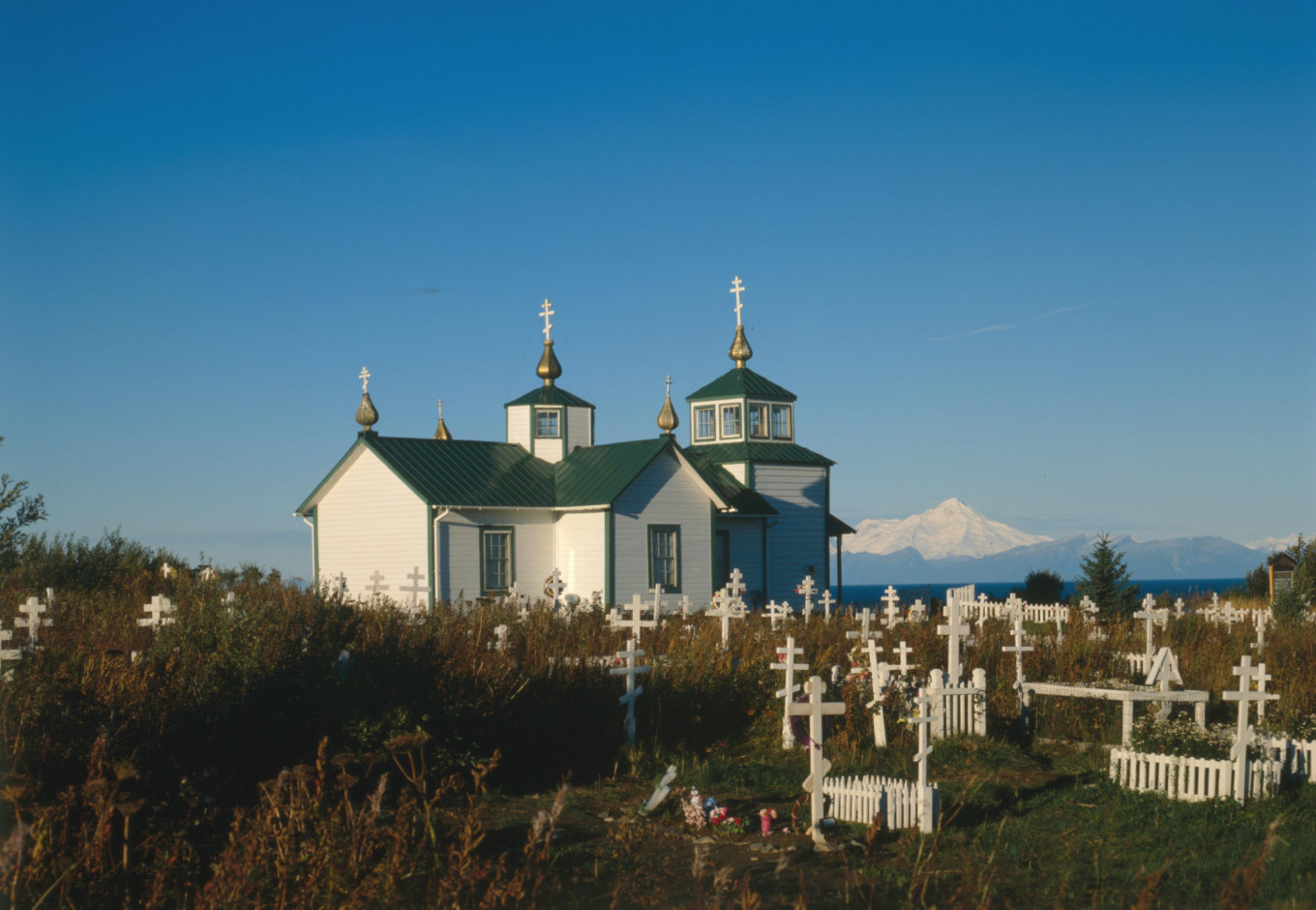
Today marks the 153rd anniversary of the Alaska Purchase, in which Russia sold Alaska to the United States for 7.2 million USD, or roughly 2 cents per acre.
Russians are speculated to have first reached Alaska in the 1600s, when commercial fur trappers traversed Siberia and arrived on the North American continent. Regular trapping expeditions between Siberia and Alaska began in the 1740s, at which time Russian settlements began appearing on the Alaskan coast. The Russian Orthodox church followed, hoping to convert natives to Orthodoxy.
In the century following the formal establishment of the Russian-Alaskan fur trade, the Alaskan sea otter was all but wiped out and historians note many instances of subjugation of the Aleut people at the hands of the Russian settlers. By the mid-1800s it was clear that the venture was not profitable for Russia; the trapping resources were depleted, and there was little hope of ever fully settling the vast territory with its harsh conditions. Upon Russia’s sale of the territory to the United States, questions were raised by indigenous leaders about whether the land had ever been Russia’s to sell. But nonetheless, Alaska remains a part of the United States to this day.
Vestiges of Alaska’s Russian past are still visible in the landscape. Many coastal towns still bear Russian names, and there are nearly 100 Russian Orthodox churches still active in the state. In some regions, like the long-isolated Ninilchik, dialects of the Russian language can still be detected in the speech of older residents. The former Russian-Alaskan capital, Novoarkhangelsk, is the modern-day city of Sitka.






